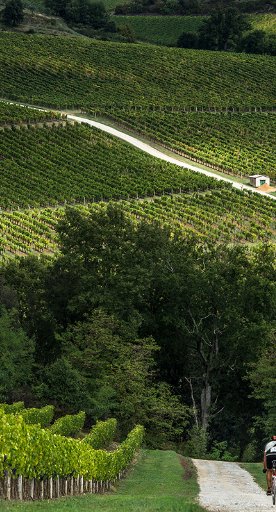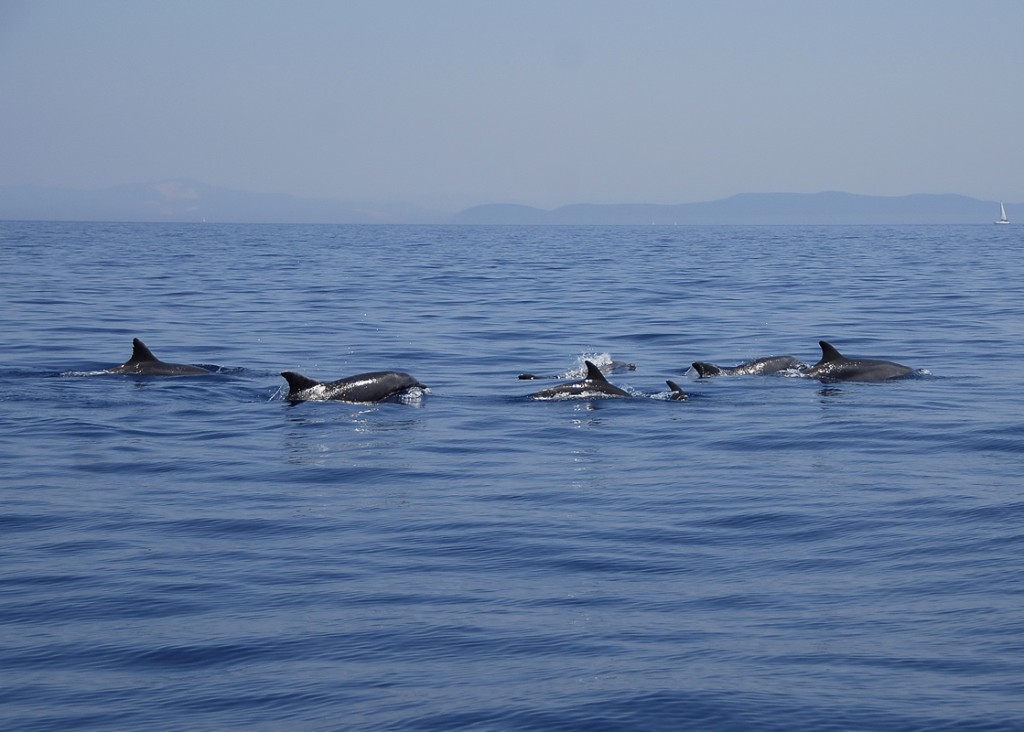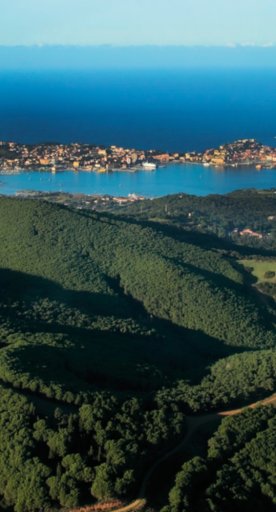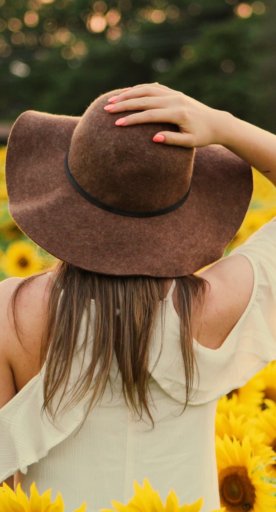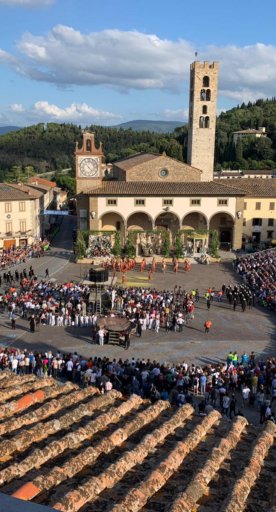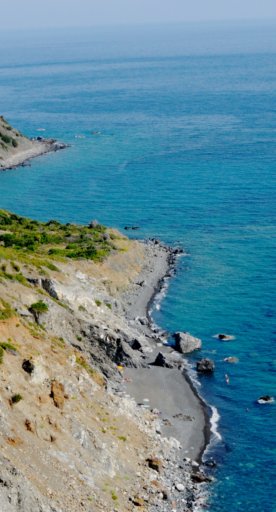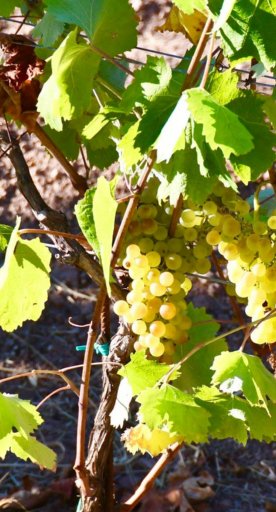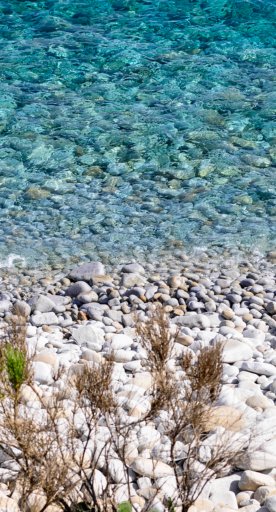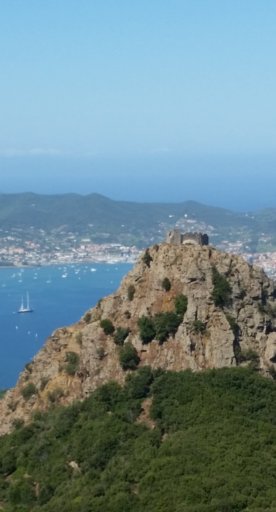Capraia Island adventures
Looking for wonderful beaches in Tuscany? Capraia Island is the place to search
Capraia is in the Tuscan archipelago and it's 36 nautical miles from Livorno. To get there there's a ferry from Porto Mediceo in Livorno and it takes approximately two and a half hours or one and a half on the hydrofoil.
To tell you more about this beautiful island, we asked Fabio Guidi, who lives there, to give us an idea of the Capraia he knows and loves. Let's have a look at what's to offer!
"Capraia is where I have lived for more than 12 years. I remember fairly well my first days when everything was new and the island meant discovery to me.
My first trip to Capraia was very pleasant; the moment I got on the ferry I felt like I was already on vacation. It was really great to travel across the open sea. In the summertime, passengers take off their shirts to get a tan and it's normal to see people in swimsuits on the ship. A few minutes after departing the land disappears and after some time the island starts to appear on the horizon. On the ferry ride, it's quiet and you're surrounded by nature and the ocean just like on the island itself.

When you go to Capraia, you'll see that it's different from all other islands. There's a small port and a small village around a Castle from the 16th Century which was built by the Genoese Republic. The landscape is dotted with volcanic rocks, flora, fauna and unique wildlife.
Capraia was formed after the eruption of an ancient volcano 10 million years ago. The last mouth of the volcano was closed around 5 million years ago but we can still see it and it's known as Cala Rossa. The consequence of the island's volcanic history are the red and black rocks that line the island and its coast. Now the volcano is inactive, but the sea surrounding Capraia is warmed by the island's thermal activity.

Capraia only became part of the Region of Tuscany in the 20th Century and its architecture is similar to the small villages of the Ligurian coast, famous for their defensive towers. On Capraia there's a castle, churches, an ex-prison and colored houses.
Only 3% of the island is populated, the other 97% is a National Park or the area of the ex-prison (that was in use from 1873 to 1986). The best way to explore Capraia is on foot or by boat. Except for Mortola, most of the beaches don't have sand. Walking around the main village on the island you'll find yourself surrounded by nature. Early in the morning, to see the rising sun, there's an easy path to Cala dello Zurletto on the East coast of the island. According to the season you'll find different flowers and animals like wild rabbit or gulls.

A boat is a must when visiting the island because there are no roads inland, only paths. There are different types of tours for groups from 6 to 12 people and this is a good way to admire the coast and the hidden beaches with crystalline water. There are tours in the morning, at noon, in the early afternoon and at the end of the day and normally they last from 2 to 4 hours.
Some great spots on the island are: Cala del Ceppo, the sea bed at Lo Scoglione is 45 meters (147 feet) deep but the water is so clear you can see every single detail perfectly with a snorkelling mask, Cala Rossa is a must-see, and La Peraiola is lined with yellow rocks colored by sulfur. Il Reciso is home to a grotto and waterfalls and Torre La Teglia is worth a visit."



